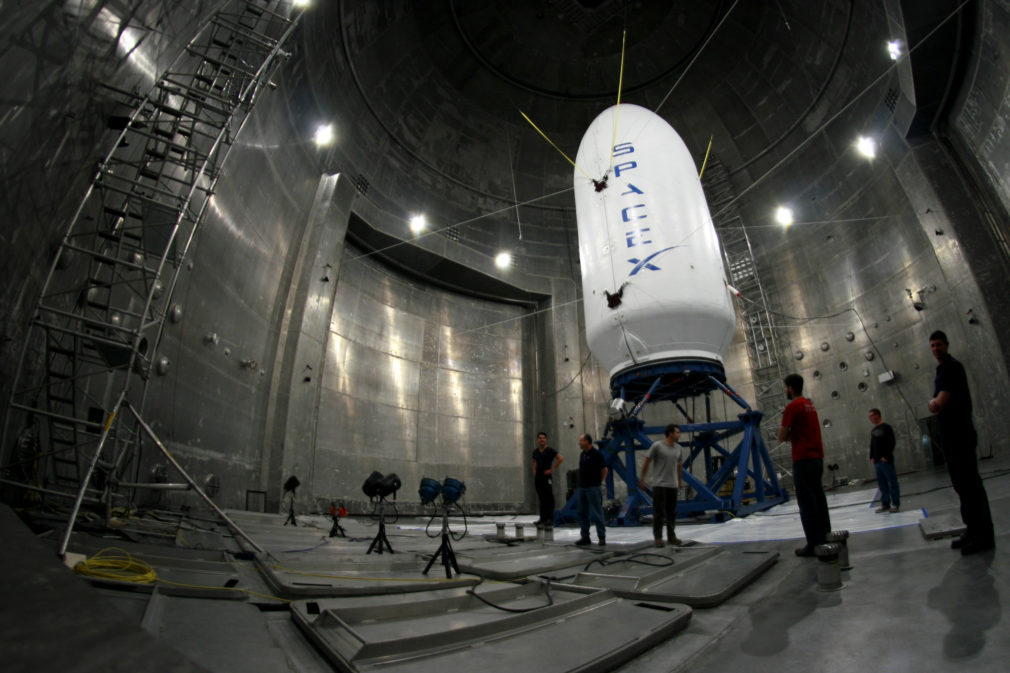Have you ever wondered about other worlds and planets in your childhood? As a kid, I loved watching stars and often spent my time thinking about other planets and the experience of living there. I’m sure many of you must have had similar experience in the past. Well, to bring the dreams of almost every other kid — and every space researcher — to fruition, a scientific research consortium has declared its plans of building and launching a privately financed telescope that will attempt to find a earth like planet in one of our closest cosmic neighbors, the alpha centauri.
The telescope would permit scientists to have a closer look inside Alpha Centauri and assist them in finding a suitable environment that could support the survival of life as we know it — or in any other form as well.
While NASA is already planning to build such a telescopes, various other scientists find it worthless to wait for that long. They are eager to want to start their research with suitably powerful telescopes, and are hoping to find some earth like planets around Alpha Centauri A and B. Many other organizations are also looking forward to carry out these research privately. Project blue, a project associated with the same drive, will be announced on Tuesday.
This project is called “Project blue” because of an image taken in 1990 by Voyager which shows a pale blue dot and about 6 billion km away from the earth. The main aim of this project is to find more earth like planets in the habitable zone of Centauri A and B.
These type of telescope building missions are rarely taken up by NASA, one might just be accomplished by the end of this decade. Both the stars of the alpha centauri are quite similar to the sun and the closest one is 4.37 light-years away. Speaking on the topic, the Chief Executive Officer of the BoldlyGo Institute, John Morse, said,
We feel that the moment is right [when] there is this confluence of scientific impact and technology maturing rapidly. We won’t resolve planetary features, but we believe we have a really good chance of seeing something like a pale blue dot.
NASA’s Kepler mission has already discovered various earth like planets in the galaxy. Using ground based telescopes, astronomers have also managed to discover some other potentially habitable planets based around Proxima centauri, at a distance of 4.22 light-years. Morse is aiming to complete this project within a $25 million budget, including the building and launching of the telescope by the end of this decade.
The launching of the telescope is unclear though, since the organization is still somewhat dependent on donations and fund-raising programs to accomplish its ends. The idea of building this type of telescope is not new, it was also proposed by Ruslan Belikov, a scientist at NASA’s Ames Research Center in Mountain View, Calif. But his ideas were ignored because of its high costs which came at around $175 million.
Coming back to the project blue, it uses high contrast imaging which is powerful enough to spot a small firefly next to a wide lighthouse. This would help our scientists to discover at things situated near stars. However, the proposed telescope will not be able to get high resolution images of the planets found near proxima centauri. These planets are very close to its stars, making it really difficult to separate the light of the planet from its star and get an image of the same.
Morse believes that the Proxima B discovery has generated a lot of public attention and brought everyone’s notice to Alpha Centauri. And the odds of finding what we are looking for, believe it or not, are not that bad either. Based on Kepler’s research there are actually chances of finding a planet of with 80% suitable survival environment and with enough water on its surface. That said, launching a telescope may just further improve our chances.




